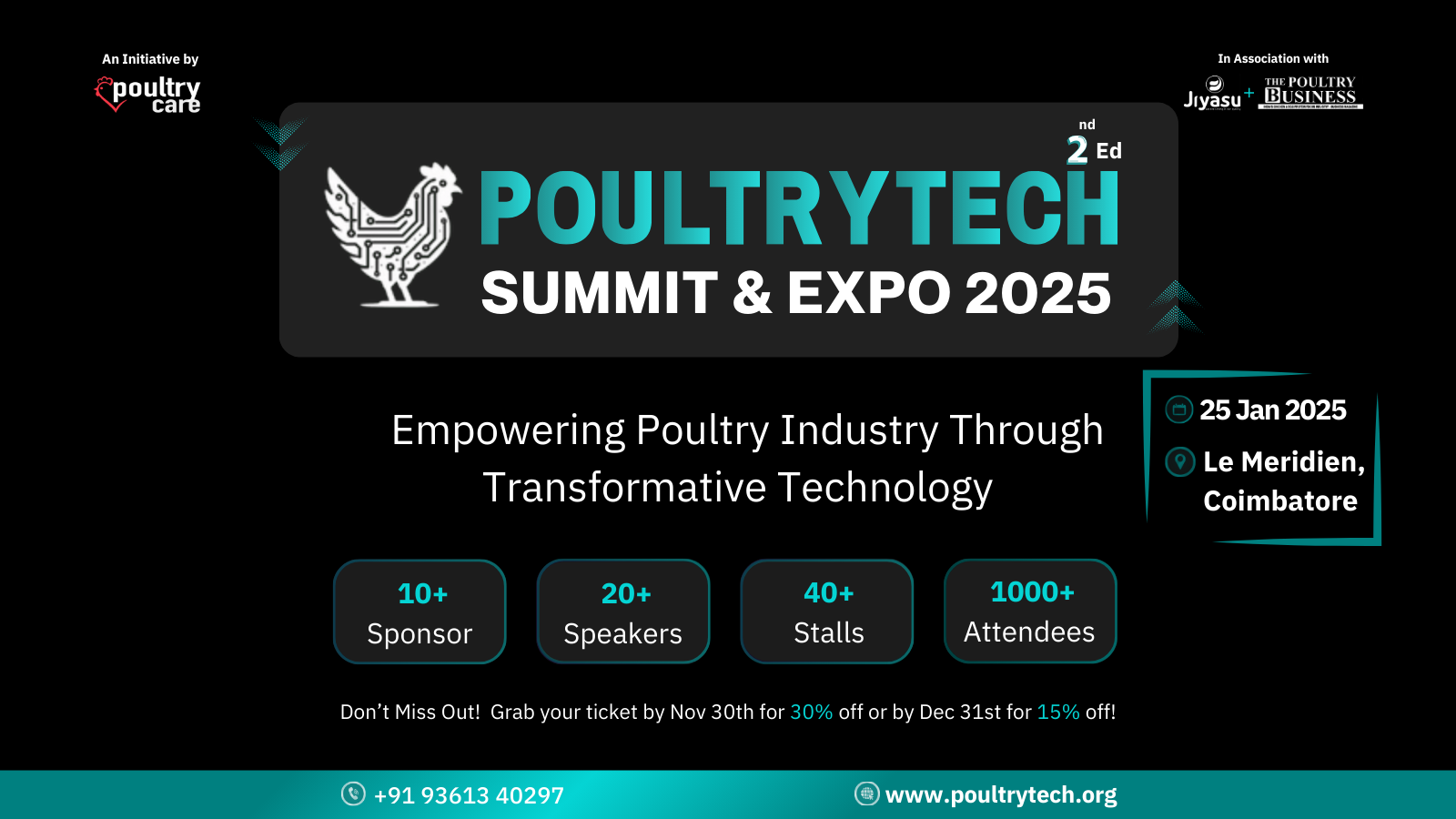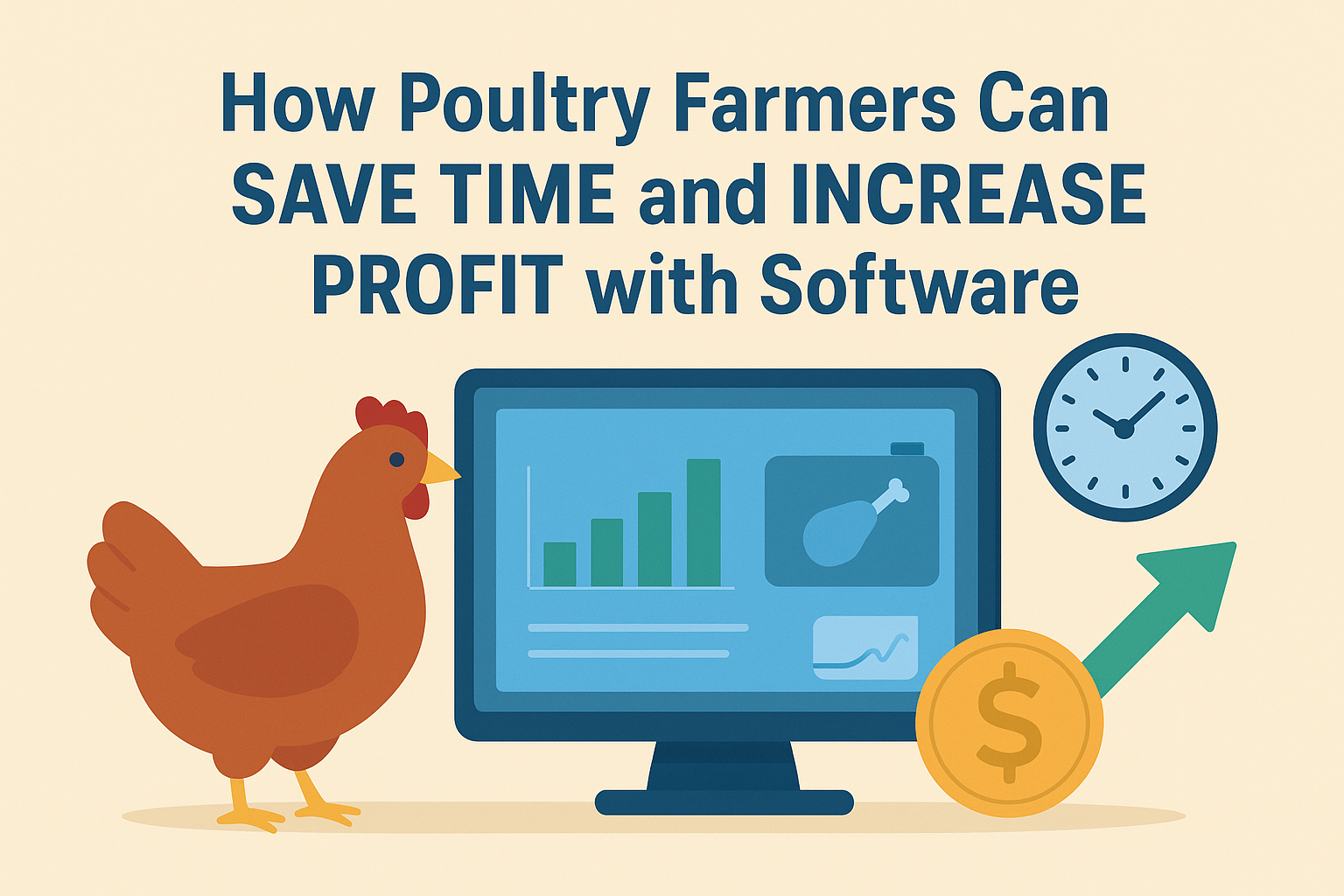Poultry is the domestication and rearing of birds like chicken, turkeys, geese, swans, and emu etc for providing food. In poultry sector there exists a large scope to enhance food production through both layer and broiler farming.
Layer
Large, medium and small scale layer farming can be taken up by the prospective entrepreneurs/farmers with either own finance or by bank credit. New-a-Jays competent technical and professional guidance are available to the farmers through Govt. and private institutions. The poultry management practices have improved many folds, diseases and mortality incidences have reduced greatly. Now, layer farming has been given considerable importance in State policy and has a better scope in future.
Broiler
In broiler segment the State is now self sufficient in chicken meat production in respect to demand. Still there is enormous scope within this sector if marketing side is taken care of. Many reputed entrepreneurs have started interest in broiler sector which further encourage our farmers to take up broiler farming.
Poultry Management
Poultry management usually refers to the husbandry practices or production techniques that help to maximize the efficiency of production. Sound management practices are very essential to optimize production. Scientific poultry management aims at maximizing returns with minimum investment.
Brooder Management
Brooder house: Brooder house should be draft-free, rain-proof and protected against predators. Brooding pens should have windows with wire mesh for adequate ventilation. Too dusty environment irritates the respiratory tract of the chicks. Besides dust is one of the vehicles of transmission of diseases. Too much moisture causes ammonia fumes which irritate the respiratory tract and eyes. Good ventilation provides a comfortable environment without draft.
Sanitation and Hygiene
All movable equipments like feeders, waterers and hovers should be removed from the house, cleaned and disinfected. All litters are to be scraped and removed. The interior as well as exterior of the house should be cleaned under pressure. The house should be disinfected with any commercial disinfectant solution at the recommended concentration. Insecticide should be sprayed to avoid insect threat. Malathion spray/blow lamping or both can be used to control ticks and mites. New litter should be spread after each cleaning. The insecticides if necessary should be mixed with litter at recommended doses.
Litter
Suitable litter material like saw dust and paddy husk should be spread to a length of 5 cm depending upon their availability and cost. Mouldy material should not be used. The litter should be stirred at frequent intervals to prevent caking. Wet litters if any should be removed immediately and replaced by dry new litter. This prevents ammoniacal odour.
Brooding Temperature
When the temperature is less than required, the chicks try to get closer to the source of heat and huddle down under the brooder. When the temperature is too high, the chicks will get away from the source of heat and may even pant or gasp. When temperature is right, the chicks will be found evenly scattered. In hot weather, brooders are not necessary after the chicks are about 3 weeks old. Several devices can be used for providing artificial heat. Hover type electric brooders are by far the most common and practical these days.
Brooder space
Brooder space of 7 to 10 sq inch (45-65 cm2) is recommended per chick. Thus a 1·80 m hover can hold 500 chicks. When small pens are used for brooding, dimension of the house must be taken into consideration as overcrowding results in starve-outs, culls and increase in disease problems.
Brooder guard
To prevent the straying of baby chicks from the source of heat, hover guards are placed 1·05 to 1·50 m from the edge of hover. Hover guard is not necessary after 1 week.
Floor space
Floor space of 0·05 m2 should be provided per chick to start with, which should be increased by 0·05 m2 after every 4 weeks until the pullets are about 20 weeks of age. For broilers at least 0·1 m2 of floor space for female chicks and 0·15 m2 for male chicks should be provided till 8 weeks of age. Raising broiler pullets and cockerel chicks in the separate pens may be beneficial.
Water space
Plentiful of clean and fresh water is very much essential. A provision of 50 linear cm of water space per 100 chicks for first two weeks has to be increased to 152-190 linear cm at 6 to 8 weeks. When changing from chick fountain to water trough the fountains are to be left in for several days till the chicks have located the new water source. Height of the waterers should be maintained at 2·5 cm above the back height of the chicks to reduce spoilage. Antibiotics or other stress medications may be added to water if desired. All waterers should be cleaned daily. It may be desirable to hold a few chicks one at a time and teach them to drink.





